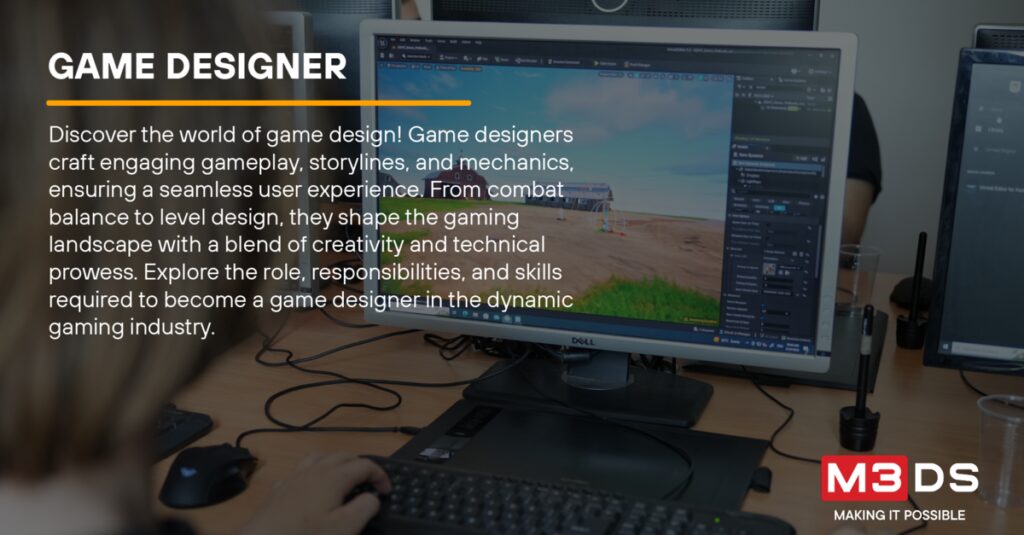Game design involves creating gameplay mechanics, level design, and user interface to provide an engaging gaming experience. Gameplay mechanics include rules like movement and combat systems that designers must balance for player enjoyment. Level design entails creating challenges and puzzles for players to navigate through, while user interface design focuses on creating intuitive and visually appealing elements for player interaction. Understanding the anatomy of game design allows designers to craft immersive experiences that captivate players. By carefully balancing these components, designers can create games that keep players coming back for more.
The Anatomy of Game Design: Exploring Gameplay Mechanics, Level Design, and User Interface
Introduction
Game design is a complex and multi-faceted process that involves the creation of gameplay mechanics, level design, user interface, and much more. In this article, we will explore the various components that make up the anatomy of game design and how they come together to create an engaging and immersive gaming experience.
Gameplay Mechanics
Gameplay mechanics are the rules and systems that govern how players interact with a game. These can include movement mechanics, combat systems, resource management, and more. Game designers must carefully balance these mechanics to create a challenging yet enjoyable experience for players.
Example: Movement Mechanics
In a platformer game, movement mechanics may include running, jumping, and climbing. The designer must carefully tune the speed and responsiveness of these actions to create a smooth and fluid experience for the player.
Level Design
Level design involves creating the environments and challenges that players will encounter throughout the game. This includes designing the layout of levels, placing obstacles and enemies, and crafting puzzles for players to solve. Level designers must carefully balance difficulty and pacing to keep players engaged.
Example: Puzzle Design
In a puzzle game, level designers must create challenges that require players to think critically and solve complex problems. These puzzles should be challenging but fair, giving players a sense of accomplishment when they finally succeed.
User Interface
The user interface (UI) is the visual and interactive elements that players use to navigate the game. This includes menus, health bars, inventory screens, and more. A well-designed UI should be intuitive, easy to understand, and visually appealing.
Example: HUD Design
In a first-person shooter game, the HUD (heads-up display) provides players with crucial information such as health, ammo count, and objectives. The UI designer must carefully layout this information to ensure that it is easily accessible and does not clutter the screen.
Conclusion
Game design is a complex and multifaceted process that requires careful consideration of gameplay mechanics, level design, and user interface. By understanding the anatomy of game design, designers can create engaging and immersive experiences that captivate players and keep them coming back for more.
